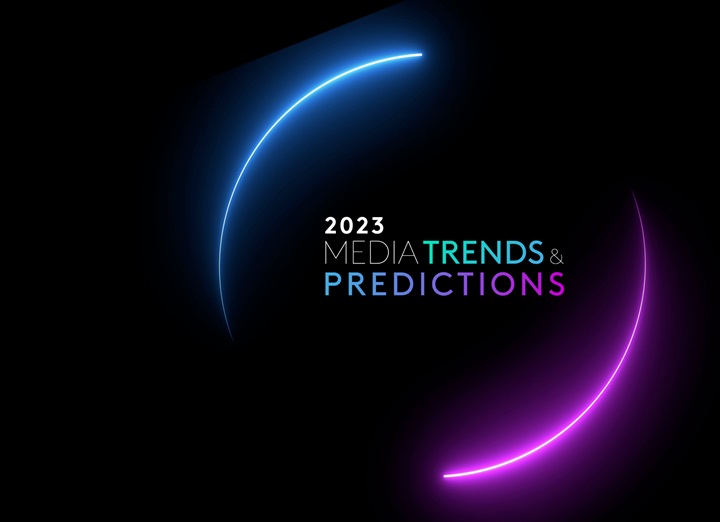The following article is contained within Kantar’s thought leadership report; Media Trends and Predictions 2022 – which examines five key themes for the media industry this year.
As the video streaming market grows more complex and dynamic, the greater the value of audience measurement.
The largest SVOD businesses, for example, now require much more than their own data and the sheer will to grow; they need a definitive picture of audience behaviour that allows them to look ‘over the wall’ for a complete view. How else can they truly understand their competitors, identify blind spots or find new subscribers?
A complete audience picture also helps drive new SVOD growth by delivering the data and insight to justify content investment, format approaches and opportunities to diversify.
Meanwhile, for advertising-funded (AVOD) platforms, audience measurement unlocks the insights advertisers can use to make their marketing investments more effective – using de-duplicated, user-centric reach and frequency capping.
In short: holistic people-based measurement can enrich these platforms’ own data and, collectively, is how businesses in the VOD space can make the best decisions.
And mature SVOD businesses in particular will need to make informed decisions this year as the subscription model loses its power to drive sustained long-term growth on its own. Eyeballs and wallets are, after all, a finite resource.
But with the right data, SVOD platforms can effectively test and map out diversification strategies, such as exploring commercial partnerships, different price points, sponsorship options, a freemium approach, or – as we see in Brazil – hybrid models that mix subscription with ad-funded VOD.
As the video streaming market grows more complex and dynamic, the greater the value of audience measurement.
The paradox of choice
Although market choice is a good thing, too much can have the unfortunate effect of paralysing consumers (and advertisers) into making no choice at all. Although we’re not there yet, it is a risk – and one that will likely drive some level of vertical integration over the next year.
We might even, ironically, swing full-circle and arrive back at the platform operator era, with one provider acting as gatekeeper to multiple channels.
Whatever happens, if each channel or platform fights for viewers independently, it will make the struggle much harder, and certainly in the near future we would expect to see different streaming players band together to create promotions and bundles, or partner with telco operators.
Audiences are learning to accept new forms of video
There are two other trends worth noting, as both demonstrate that it’s easy to make incorrect assumptions, and – as the streaming market looks to evolve – they could provide valuable lessons.
The first is that the rise in short-form video – as evidenced through TikTok’s incredible growth – shows audiences are surprisingly happy to engage with different formats, video lengths and degrees of quality. At the very least, for VOD platforms seeking diversification, this offers a route for experimentation in the quest for new audiences.
The second lesson is how wrong so many industry commentators were about content. Previous assumptions that global productions would take over might not pan out, and what we see from every global streaming platform is very fast growth in decentralised production.
Never forget that the biggest hit for Netflix to date is a Korean series with controversial subtitles, and not House of Cards.
Instead of global-to-local, the most interesting new trend might just be local-to-global – proving that the video streaming market will continue to surprise and evolve. We look forward to helping measure it along the way.
For further reading, download Media Trends and Predictions 2022. The report covers five key themes for media this year including more detail around video on demand; remodelling of the commercial internet; performance media and marketing; a different approach to data and life in a pandemic and what it means for brands and media.


